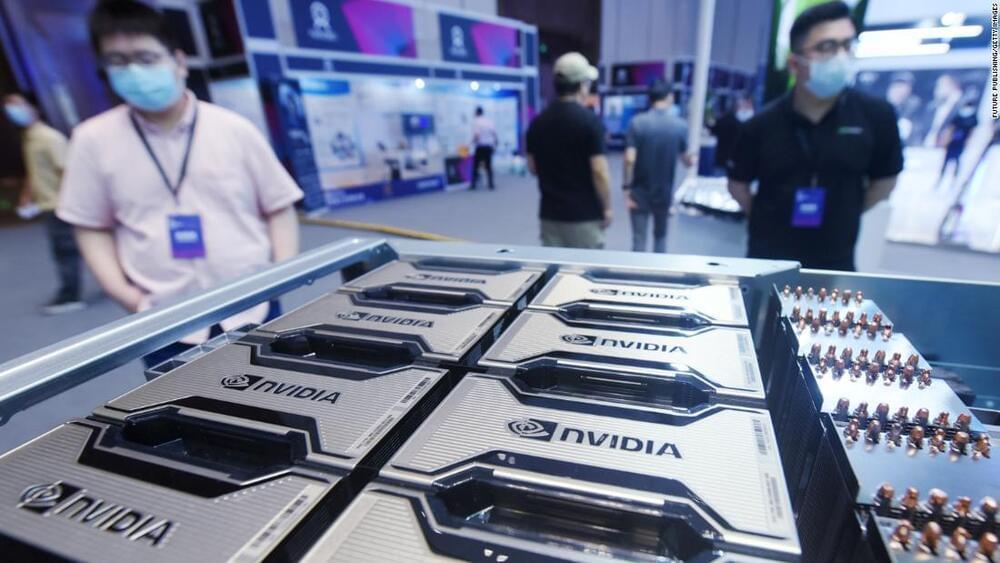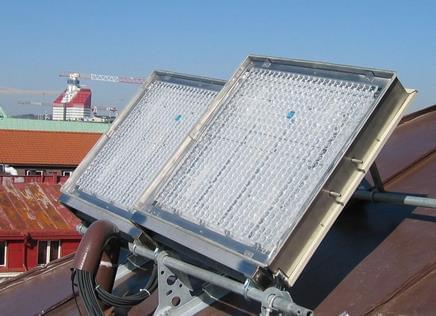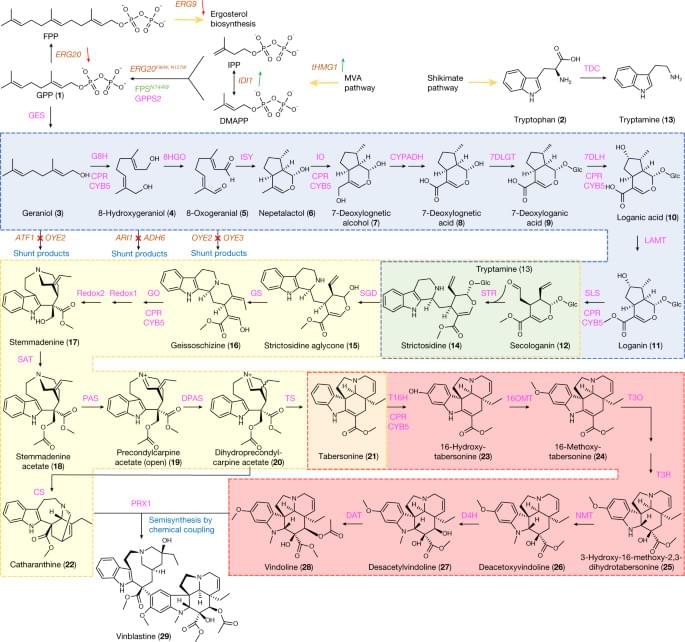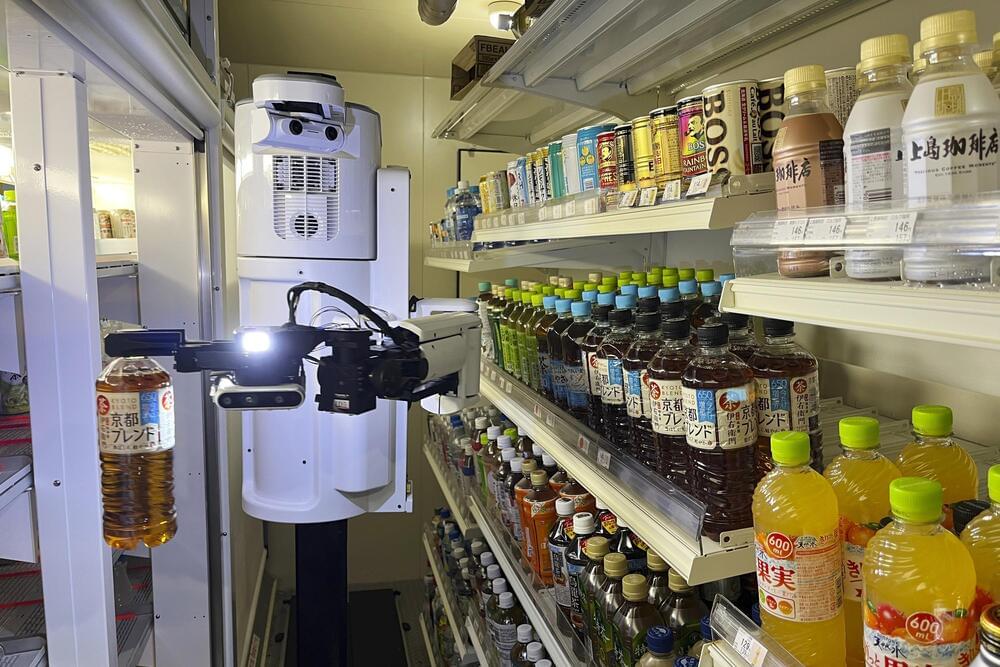Two of America’s top chipmakers have been ordered to stop selling some of their technology to China that can be used for artificial intelligence.
Nvidia (NVDA) and AMD (AMD) said Wednesday that they had been told by the US government to halt exports of certain high-performance chips to the world’s second largest economy.
In a regulatory filing, Nvidia said that it had been told by US officials that the requirement was due to a potential risk of the products being used by, or diverted to, a “military end user.”


 News2022-08-02T10:26:00Z.
News2022-08-02T10:26:00Z.






